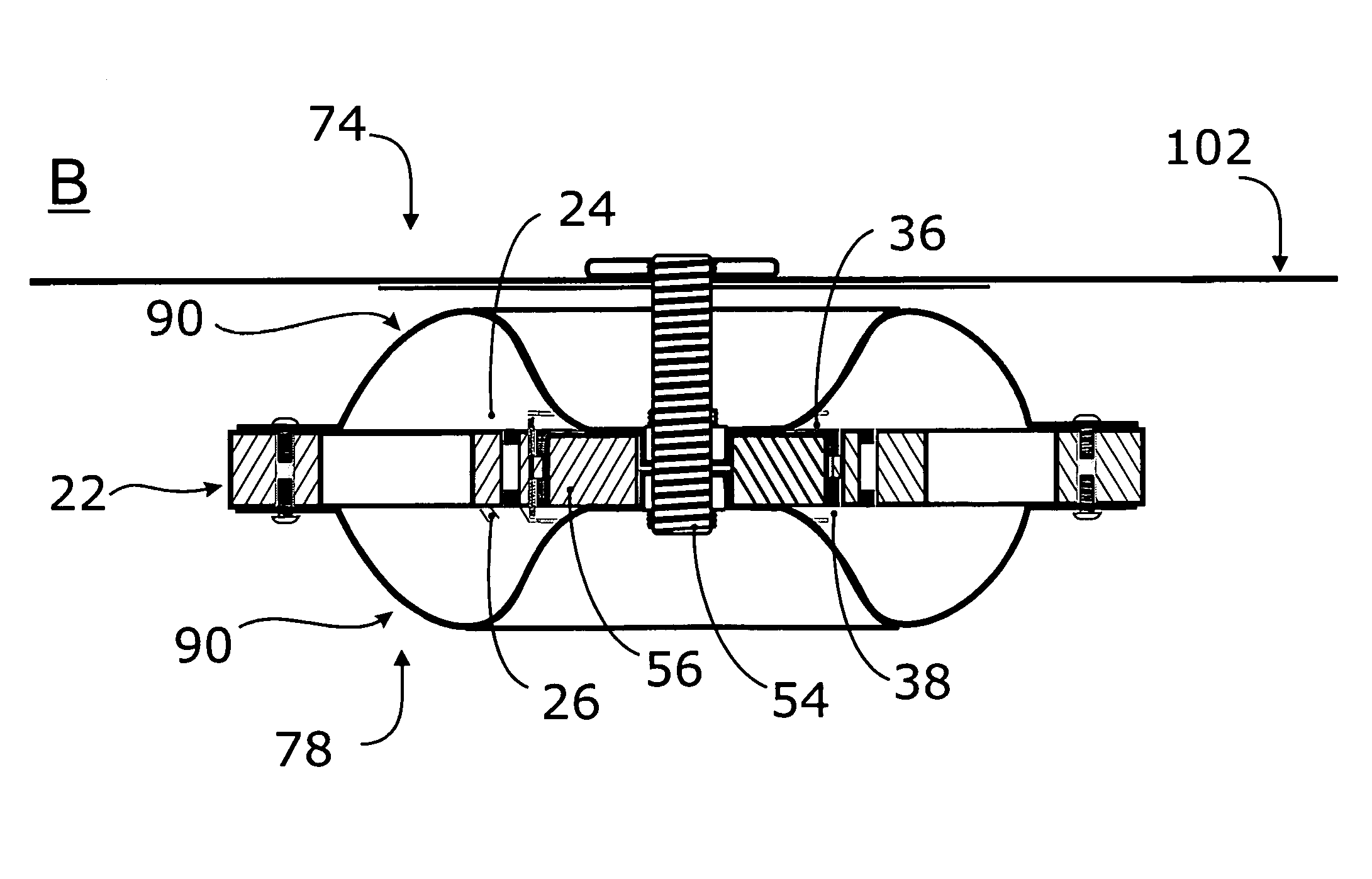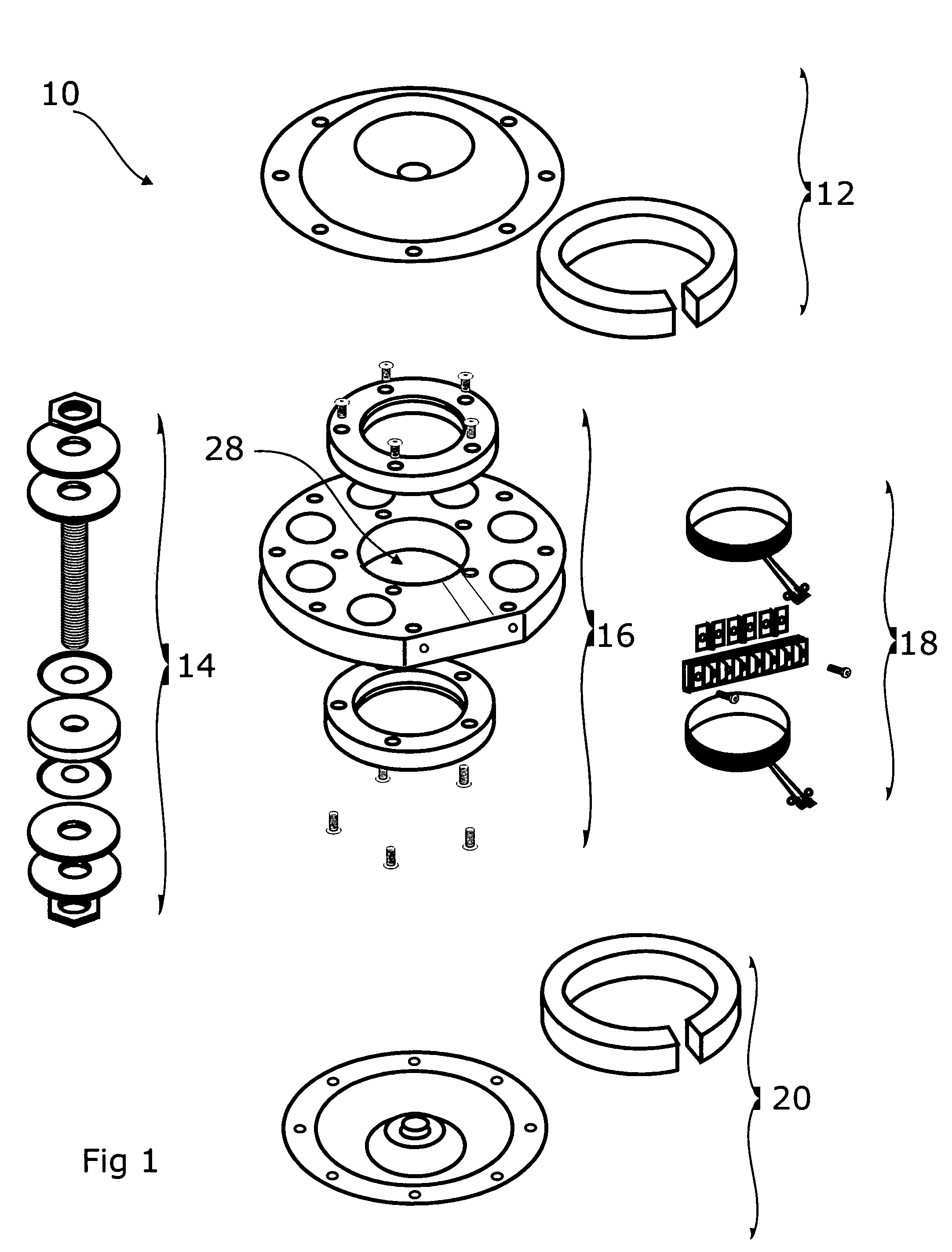Transducer for tactile applications and apparatus incorporating transducers
a transducer and tactile technology, applied in the field of transducers, can solve the problems of inability to easily tune for variable frequency applications, further limited, and limited current sound transducers, as incorporated in conventional speakers, and achieve the effects of reducing heart rate, promoting faster learning, and reducing skin temperatur
- Summary
- Abstract
- Description
- Claims
- Application Information
AI Technical Summary
Benefits of technology
Problems solved by technology
Method used
Image
Examples
Embodiment Construction
[0078]One In the following detailed description of the preferred embodiments, reference is made to the accompanying drawings that form a part hereof, and in which is shown by way of illustration, and not by way of limitation, specific preferred embodiments in which the invention may be practiced. It is to bee understood that other embodiments may be utilized and that changes may be made without departing from the spirit and scope of the present invention.
[0079]The Transducer:
[0080]Referring to FIG. 1, a transducer 10 is shown in assembly drawing format to illustrate the various components thereof. In general terms, the transducer 10 comprises an upper spring assembly 12, a magnet assembly 14, a main plate assembly 16, a coil assembly 18, and a lower spring assembly 20. When the transducer 10 is assembled, the coil assembly 18 is secured to the main plate assembly 16. The magnet assembly 14 is inserted through the main plate assembly 16 and is secured to the upper and lower spring as...
PUM
 Login to View More
Login to View More Abstract
Description
Claims
Application Information
 Login to View More
Login to View More - R&D
- Intellectual Property
- Life Sciences
- Materials
- Tech Scout
- Unparalleled Data Quality
- Higher Quality Content
- 60% Fewer Hallucinations
Browse by: Latest US Patents, China's latest patents, Technical Efficacy Thesaurus, Application Domain, Technology Topic, Popular Technical Reports.
© 2025 PatSnap. All rights reserved.Legal|Privacy policy|Modern Slavery Act Transparency Statement|Sitemap|About US| Contact US: help@patsnap.com



